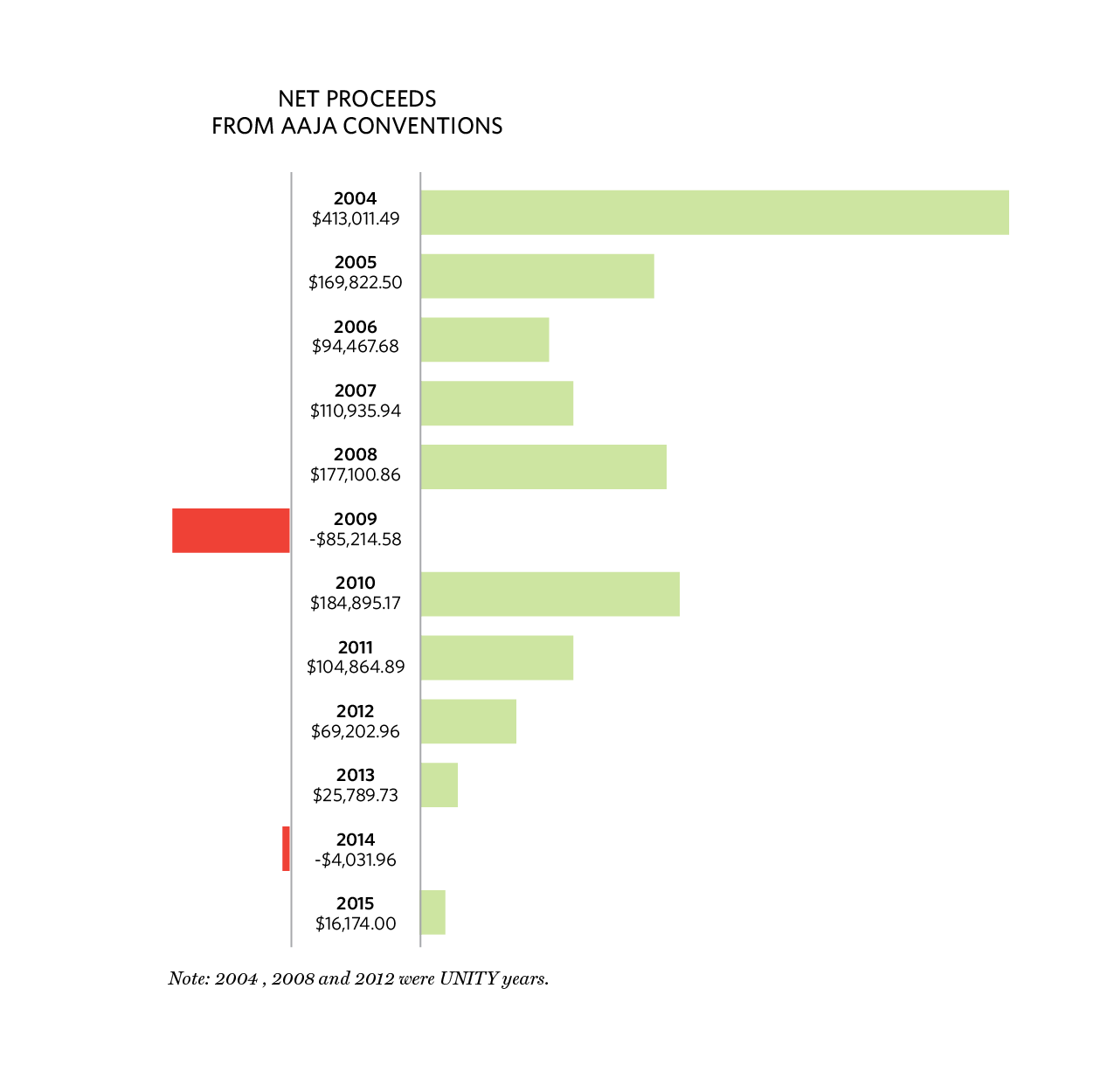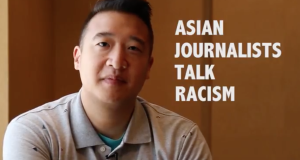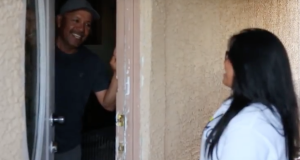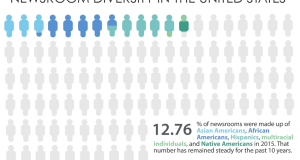These days, AAJA has trouble maintaining relevance to some of its members.
Since its peak in 2005, annual membership has plunged 60 percent to 1,350 people in 2015.
Attendance at the convention — once seen as the marquee event — has shrunk from more than 1,200 participants in Minnesota in 2005, to just 838 attendees last year in San Francisco.
Drops in membership and attendance mirror shrinking numbers of journalists overall, and of Asian American journalists specifically. Asian Americans represent just 2.8 percent of U.S. newsrooms, the lowest amount in the last decade, according to the American Society of News Editors.
At this year’s convention, AAJA members and leadership are hoping for the best.
“There was always structural weaknesses in AAJA that were masked by the fact that journalism was doing pretty well,” said Thomas Lee, a San Francisco Chronicle business columnist and former AAJA vice president, referring to what he perceived as programming issues for later career journalists.
Cracks show “when times get bad,” Lee said.
Some members are skeptical about how much AAJA’s national convention helps further their careers. Last year’s conference happened in the city of startups, venture funds and near Silicon Valley — home to the world’s most powerful tech companies.
Freelance journalist Madison Park found it lacking.
“How can you be in SF and not have tech companies show us how to use their tools?” Park said.
While BuzzFeed and smaller players like digital health firm Lark Technologies were present at the convention, none of last year’s workshops featured representatives from Facebook, Google and Twitter.
Park contrasts that with her experience at the Online News Association’s national convention in Los Angeles. At ONA, she learned how to use Snapchat and Twitter’s live streaming tool Periscope to cover live news events. She also spoke to people from those companies.
“They had pretty much everybody there,” said Park, who chose not to go to this year’s AAJA convention.
Cost also matters. When newsrooms were more profitable, some paid for their employees’ membership in ethnic media groups. Some even covered the cost of convention registration and other costs. With the onset of the recession in 2008, jobs evaporated, and so did the money.
Last year, Melanie Balakit, a 23-year-old education reporter at The Tennessean, paid $1,292 out of pocket to attend the San Francisco convention, an amount that factored in travel, lodging and admission. That’s on top of her $65 AAJA membership.
“When your company isn’t paying anything, it can be kind of a financial burden,” Balakit said.
Balakit is not attending this year’s AAJA convention, but might go to the national convention of the Society of Professional Journalists in New Orleans. It’s an eight-hour drive from where she works in Nashville.
AAJA leaders said they are aware of challenges the organization faces.
“I understand that some members have experienced frustration over programming, and we always strive to do better and welcome input,” said AAJA Senior Vice President Michelle Ye Hee Lee. “We have to make sure the convention is worthwhile and that they make sure that it’s worth their trip, worth their money and for their newsrooms too.”
As the cost of running conventions continues to increase, AAJA has kept registration prices about the same, making it difficult to turn a large profit, said Glenn Sugihara, who handles AAJA’s accounting. For example, the 2005 convention in Minnesota made about $169,823 in net proceeds. Last year’s convention in San Francisco brought in just $16,174.
“It’s not like in the old days — a money maker,” Sugihara said.
Meanwhile, membership revenue, while trending up, hasn’t caught up to its peak. Last year, AAJA brought in $93,796 in membership revenue, an 8 percent decline from 2010, but an increase of 1 percent from 2014.
AAJA declined to provide membership revenue prior to 2010, citing a change in the way it stores its data that started that year. The organization also declined to provide the number of members or number of convention attendees before 2012.
To be sure, AAJA’s finances are healthier than comparable organizations like the National Association of Black Journalists, which ended 2015 with a $424,324 deficit, according to the organization’s president’s message. AAJA closed 2015 with $6,624 in net income.
But there’s room for improvement, said former AAJA officer Thomas Lee. As shows like “Fresh Off the Boat” portray a stronger and louder voice about the Asian American community, AAJA should perhaps embody this voice too, he said.
This Friday, AAJA will host a town hall for presidential candidates through a partnership with APIAVote, its first ever partnership with a non-journalist organization.
AAJA President Paul Cheung said Asian Americans in the media have a moral responsibility to join the organization, in order to support and inspire the next generation of minority journalists.
“Your membership equals a voice for Asian Americans,” Cheung said.
 VOICES Publishing from the AAJA National Convention
VOICES Publishing from the AAJA National Convention









